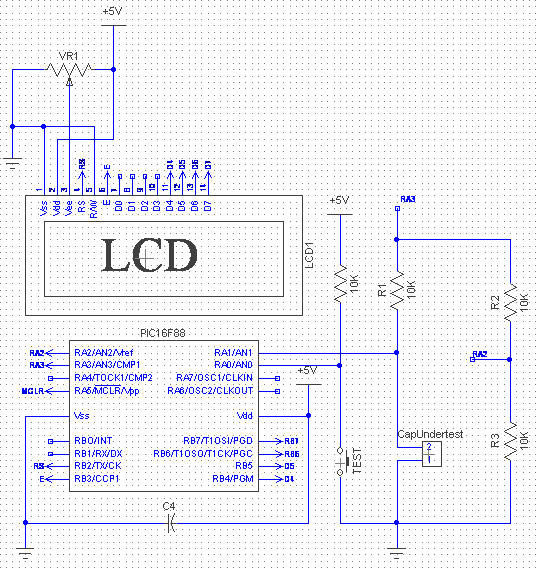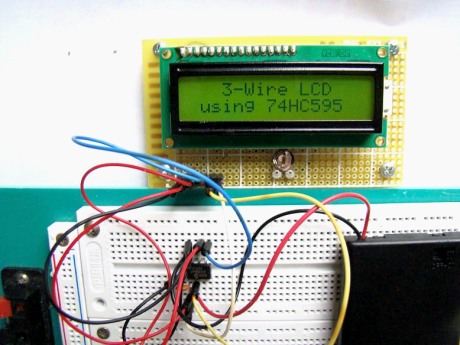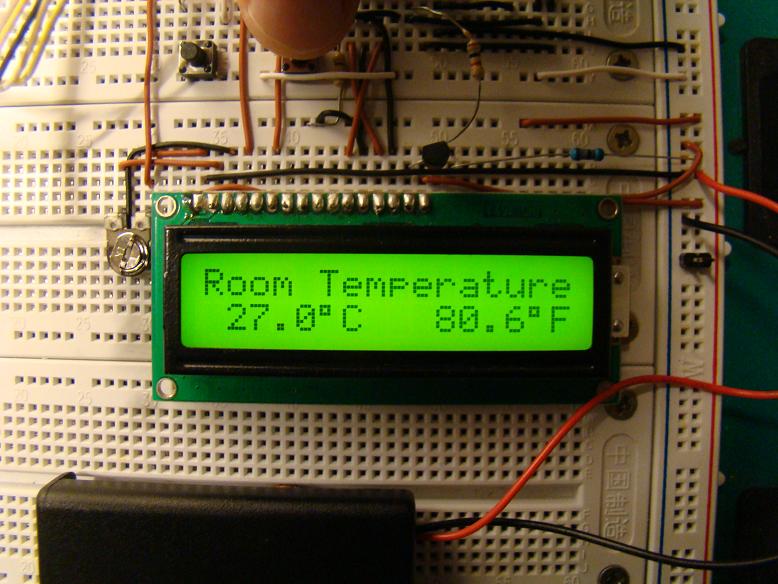External Interrupts in Atmega AVR
An interrupt is a process of forcing a microcontroller to temporarily suspend the current job and perform a higher priority task. Once the new request is served, the micrcontroller resumes the original task. Interrupts are powerful tools in embedded system design, and special cares must be taken while implementing them. This tutorial teaches how to use an external and pin change interrupts on an AVR microcontroller. Read
Read more

